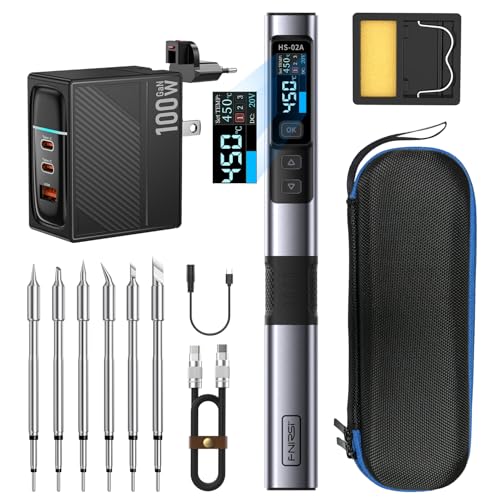soapfoot
Well-known member
…have those god-awful wax impregnated cardboard eyelet boards that start to go conductive, leaking voltage all over the place to adjacent eyelets. Not to mention that they buckle after they absorb moisture and crack solder joints. Eyelets are also a major pain to rework (albeit slightly easier than newer Fender PCB's).
To be fair, nobody could have projected that the service live of those devices would be measured in centuries.
I think it’s to their credit that they remain mostly serviceable and reliable after all of this time, even under heavy use. I can’t think of many examples of mass-produced electronics that I’d expect to hold up as well over that time


































